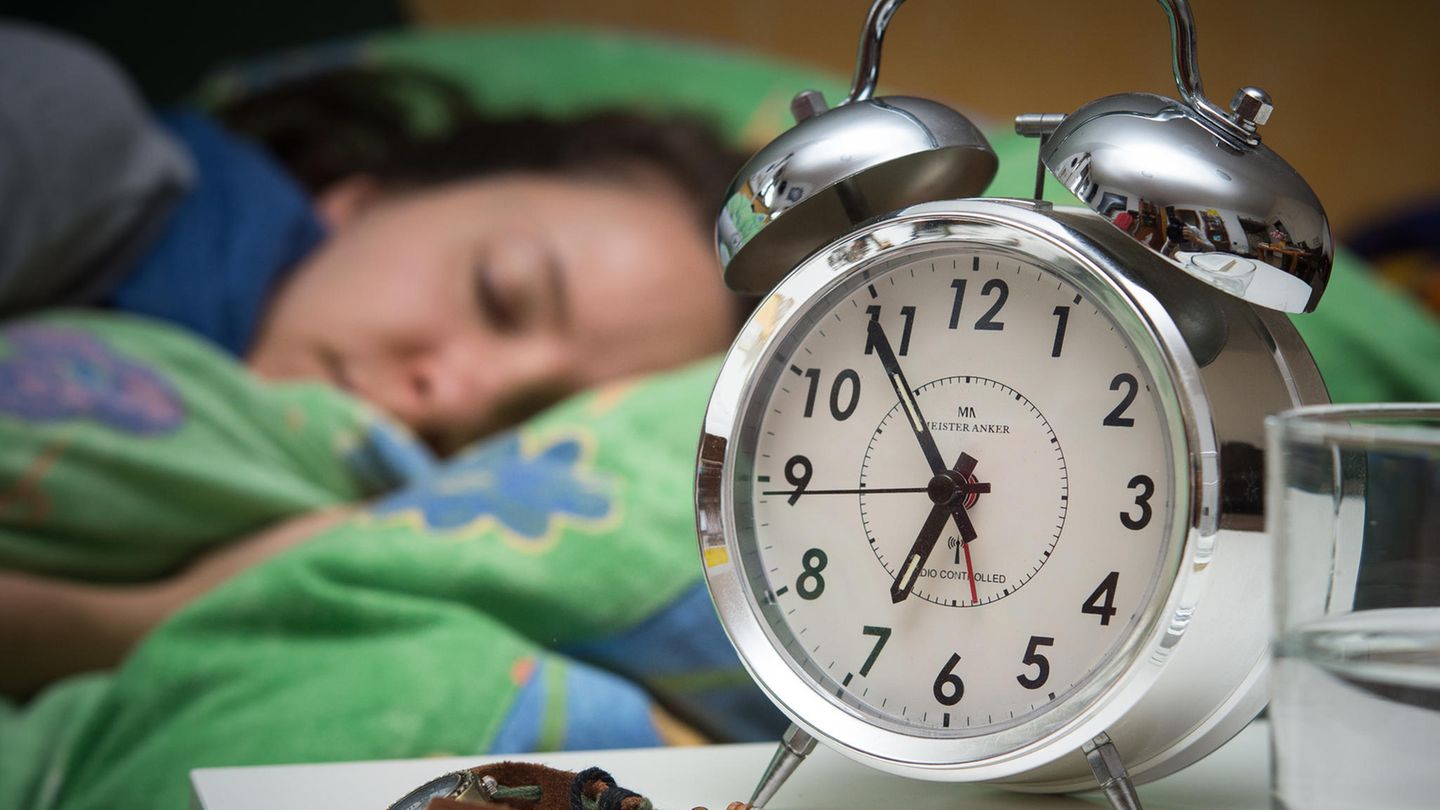The productive branches where more cases of labor exploitation were detected was in the potato harvest and horticulturewith 20% of the total each, followed by the textile industrywith 14%.
In addition, out of the 920 registered cases, 85% of victims are menwhile 57% of employers or traffickers are also men, and in second place are legal entities.
Depending on the geographical area, the province of Buenos Aires registered 47% of the cases, the Autonomous City of Buenos Aires 16% and Córdoba 10%.
From the reported cases, the AFIP filed 35 complaints by situations compatible with characteristics of labor exploitation, of which 53% of them are linked with labor trafficking, 24% due to reduction to servitude, 13% to situations of child exploitation and other 10% to the hiring of people with irregular migratory situations.
“The objective of the sector created in 2020 is centralize and coordinate federal actions in the fight against labor exploitationthe reduction to servitude, child exploitation and the hiring of people with irregular migratory situations”, highlighted the state agency.
“Experience tells us that those who fail to comply with labor standards are the same ones who do not comply with tax or customs obligations. In addition to the controls, we seek to preserve the rights of workers, “she assured for her part Maria Ruiz Maleccurrent director of AFIP’s Social Security Resources.
Recounting his experience, Castagneto recalled: “We have found entire families in the middle of the field, without a house, without a bathroom, without a shower, in a four-month harvest and with miserable salaries. And when we went to rescue these people, they did not even know what province they were in.”
The body seeks early detection of situations of exploitation and/or trafficking, work that is carried out in an articulated way with different agencies of the National State, provincial jurisdictions and the Federal Justice. “The coordination between institutions enables not only a comprehensive, agile and effective approach, but also ensures the subsequent assistance and protection of the affected workers,” the AFIP statement said.
Since 2020, more than 3,800 calls, of which more than 85 were channeled as complaints for illegal work.
Indications of labor exploitation
The human trafficking for labor exploitation It is a crime committed by mechanisms of recruitment, transfer and shelter of future victims.
Some clues that mark possible cases of trafficking and exploitation are: deception in terms of recruiting and working conditions, salaries below the Vital and Mobile Salary, long hours that exceed what is allowed by the Labor Contract Law, precarious safety and hygiene conditions, collection or discount in salaries for transfers, services linked to housing and consumption of the affected people, restricted freedom of movement either directly or indirectly, such as through the theft of identity document and non-payment in cash, and Impossibility of external communication.
Source: Ambito
David William is a talented author who has made a name for himself in the world of writing. He is a professional author who writes on a wide range of topics, from general interest to opinion news. David is currently working as a writer at 24 hours worlds where he brings his unique perspective and in-depth research to his articles, making them both informative and engaging.




